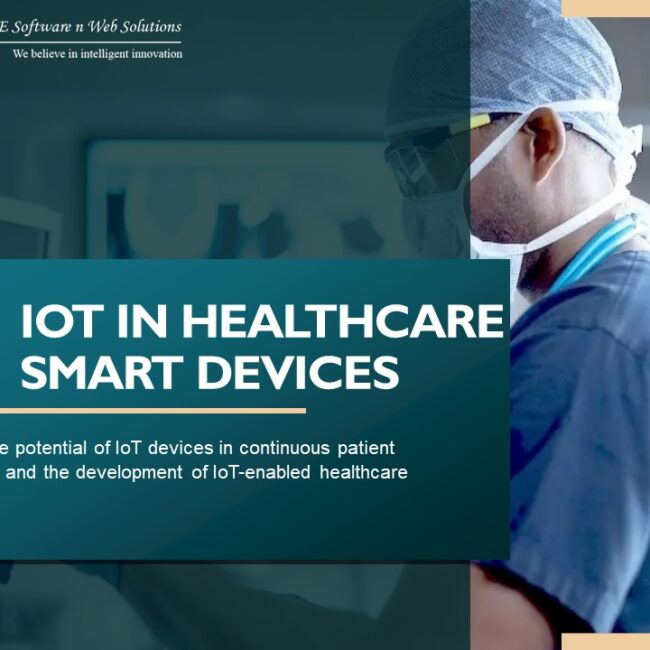
Building Secure and Scalable Educational Platforms: Best Practices
In the rapidly evolving digital landscape, educational platforms serve as the cornerstone for delivering quality education and resources to students worldwide. However, as these platforms grow in popularity and usage, ensuring their security and scalability becomes paramount. This blog outlines the best practices for building secure and scalable educational platforms, providing primary and secondary education industry decision-makers with essential guidelines to safeguard and efficiently manage digital learning environments.
Emphasizing Security from the Start
Implementing Strong Authentication Mechanisms
- Multi-Factor Authentication (MFA): Require multiple forms of verification beyond just passwords to enhance security measures.
- Role-Based Access Control (RBAC): Ensure users have access only to the information and functions relevant to their role, minimizing potential security risks.
Data Encryption
- End-to-End Encryption: Encrypt data not only during transmission but also when stored, protecting sensitive information from unauthorized access.
- Regular Security Audits: Conduct periodic security assessments to identify and mitigate potential vulnerabilities within the platform.
Ensuring Scalability for Future Growth
Cloud-Based Solutions
- Elasticity: Utilize cloud services that can dynamically scale resources up or down based on the platform’s usage, ensuring efficient handling of varying loads.
- Global Distribution: Choose cloud providers with a global footprint to reduce latency and improve access speeds for users worldwide.
Microservices Architecture
- Decoupled Services: Adopt a microservices architecture, where different functions of the platform are developed and deployed independently, enhancing both scalability and maintainability.
- Continuous Integration/Continuous Deployment (CI/CD): Implement CI/CD pipelines to enable quick and reliable updates to the platform, facilitating ongoing improvement and scalability.
Prioritizing Data Privacy and Compliance
Adhering to Legal Frameworks
- Compliance with GDPR and COPPA: Ensure the platform meets the requirements of relevant regulations such as the General Data Protection Regulation (GDPR) and the Children’s Online Privacy Protection Act (COPPA), safeguarding users’ privacy rights.
- Transparent Data Usage Policies: Clearly communicate how user data is collected, used, and protected, building trust with students, educators, and parents.
Secure Data Management Practices
- Data Minimization: Collect only the data necessary for the platform’s educational purposes, reducing the risk of data breaches.
- Regular Data Backups: Implement robust data backup procedures to prevent data loss and ensure continuity in case of system failures.
Facilitating User Education and Awareness
Security and Privacy Training
- Educator and Staff Training: Provide comprehensive training for educators and platform staff on security best practices and privacy policies to prevent inadvertent data exposure.
- Student and Parent Resources: Offer resources to students and parents on maintaining online safety and privacy, empowering them to be proactive in protecting their information.
Creating a Culture of Security
- Ongoing Awareness Campaigns: Conduct regular awareness campaigns to keep security and privacy at the forefront of users’ minds.
- Feedback Mechanisms: Encourage and facilitate feedback from users on security concerns, fostering a community approach to safeguarding the platform.
Leveraging Advanced Technologies
AI and Machine Learning for Security
- Anomaly Detection: Use AI and machine learning algorithms to monitor for unusual activities that could indicate a security threat, enabling rapid response to potential breaches.
- Automated Threat Response: Implement systems that can automatically respond to detected threats, reducing the time to mitigate security incidents.
Ensuring High Availability and Disaster Recovery
- Redundancy and Failover Systems: Design the platform with redundancy in mind to ensure high availability, even in the event of system failures.
- Disaster Recovery Plan: Develop and regularly update a comprehensive disaster recovery plan, ensuring the platform can quickly recover from catastrophic events.
In conclusion, building secure and scalable educational platforms requires a multifaceted approach, incorporating strong security measures, scalable architecture, strict data privacy practices, and ongoing user education. By adhering to these best practices, education industry decision-makers can create digital learning environments that are not only resilient and efficient but also trusted and valued by the educational community.


